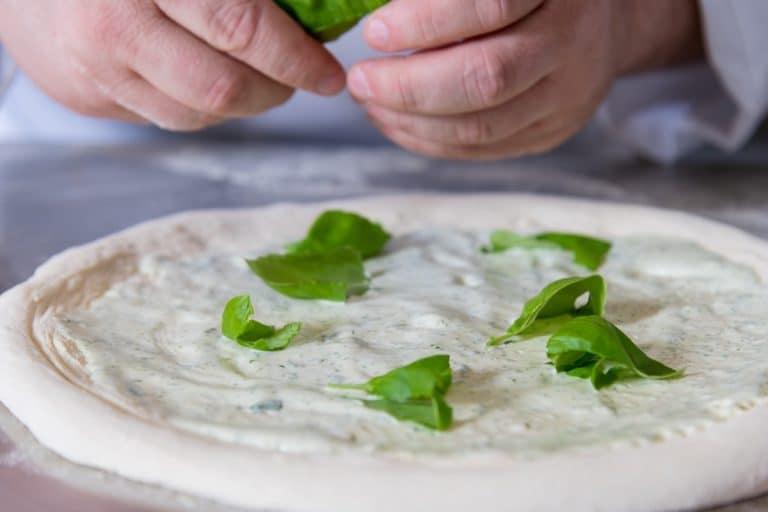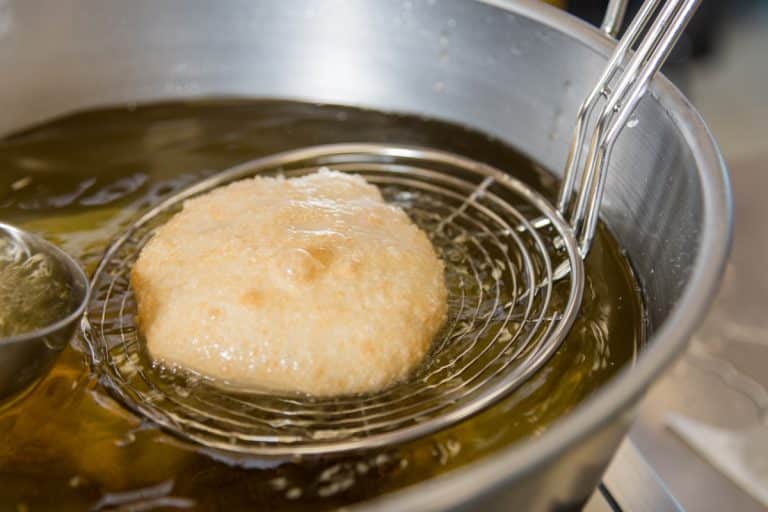Becoming a pizza maker allows you to be part of a professional category that is in high demand in the market. The course Professional Advanced Pizzaiolo aims to convey theoretical and practical notions that are essential for an increasingly demanding market. The program is structured by alternating hours devoted to learning and perfecting practical skills with theoretical sessions, which are essential for gaining the right awareness and knowing how to reap the benefits from one’s work. The course is suitable for those who have attended the Professional Pizzaiolo 1st level program or have already gained experience in the field and wish to acquire theoretical and practical knowledge that can complete their professional preparation.
The course is aimed at. Those who wish to deepen and perfect their theoretical-practical preparation through a comprehensive course that allows them to refine their technical skills through the acquisition of content and methodologies of great professional value. To those who want to better manage and organize their business or elevate their preparation.
What you will get
An in-depth level of knowledge and training on different dough types, pizza styles, production techniques, raw materials as well as a focus on the managerial aspects that are fundamental to a restaurant business.
Duration
120 hours total, divided into 15 days: 40 hours of theory and 80 hours of practice.
9 a.m. to 5:30 p.m.
Language
Italian
Course Schedule.
Theory
40 hours
- Historical background on pizza
- Introduction to cereals with and without gluten
- In-depth study of soft wheat and durum wheat: differences, characteristics, factors determining quality and use in pizzerias
- Wheat caryopsis composition
- Mill processing stages
- Flour composition with description of its elements
- Vitamins and their importance
- Directions on the bag and how to store it properly
- Laboratory equipment to determine the quality, W, and energy of flour
- The importance of the elements that make up the dough and the sequence of insertion
- Dough rising and maturation processes: the differences
- Maillard’s reaction and digestion of foods
- Kneading methods: direct short and long rise, indirect biga – poolish and autolysis
- Flours used with description
- Equipment:
- Indispensable working tools
- Commercial kneading machines and their differences
- Wood-fired, electric, tunnel, and gas ovens: differences in modes of use
- Pizza baking: oven temperature and biochemical phenomena
- Managing and controlling the numbers: food cost, raw material cost, the true cost of production, and the true profit margin of your venue’s dishes
- The value of raw materials. The correct approach to sustainability, territoriality and seasonality in fresh or preserved products of use in pizzerias
- Bread in pizzerias: theoretical introduction and production of different types of bread to be made in pizzerias
- Verification test with theoretical examination
Practice
80 hours
- Making short and long rising, direct and indirect doughs with poolish, biga and autolysis for classic round pizza
- Making Contemporary Neapolitan pizza with direct and indirect doughs with biga
- Making Neapolitan dough required by STG specification
- Making dough by indirect method for the frying pan
- Making indirect doughs with different biga for shovel pizza
- Making direct and indirect doughs for pan pizza and focaccia
- Making direct and indirect doughs with alternative flours: whole wheat, integrated type 1, ancient grains, whole wheat semolina, mixsoy, low carb (cereal), black carrot dough, spinach, spirulina and beet.
- Implementation of bread in pizzeria in multiple forms: Italian-style filoncino, ancient grains, cereals, basket bread, pugliese, baguette and rosette
- Control and management of dough temperatures
- Loaf formation (staglio)
- Management of leavening and ripening at both room temperature and controlled temperature
- Refrigerator management for proper storage of dough
- Techniques for rolling out the dough disk and calibrating the sauce
- Line management for the service
- Oven management for the different types of pizzas prepared
- Kiln management and firing at different temperatures and analysis of results
- Work organization for next day and cleaning
- Verification test with practical examination

